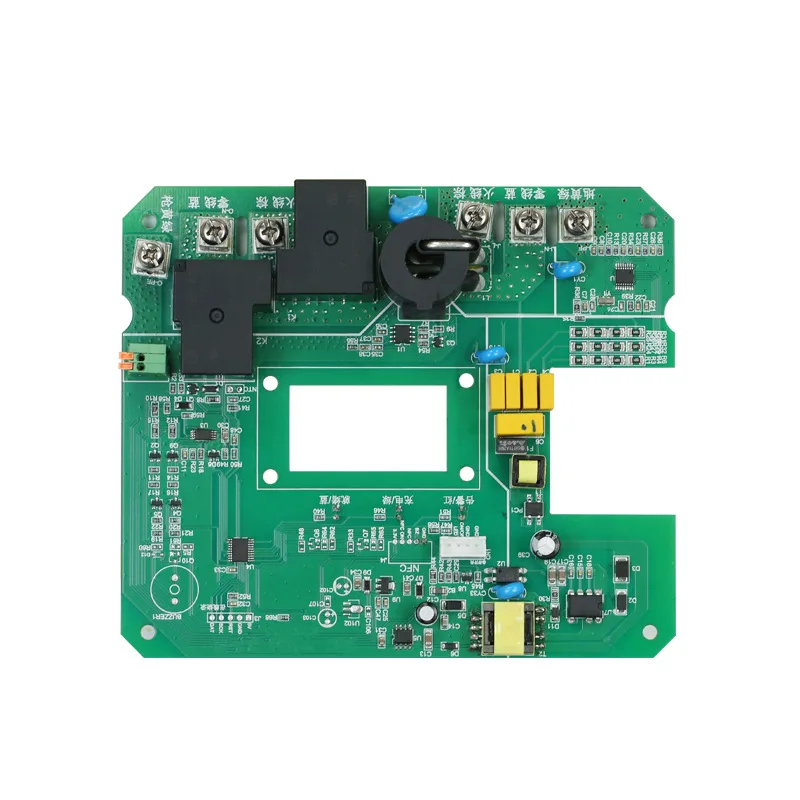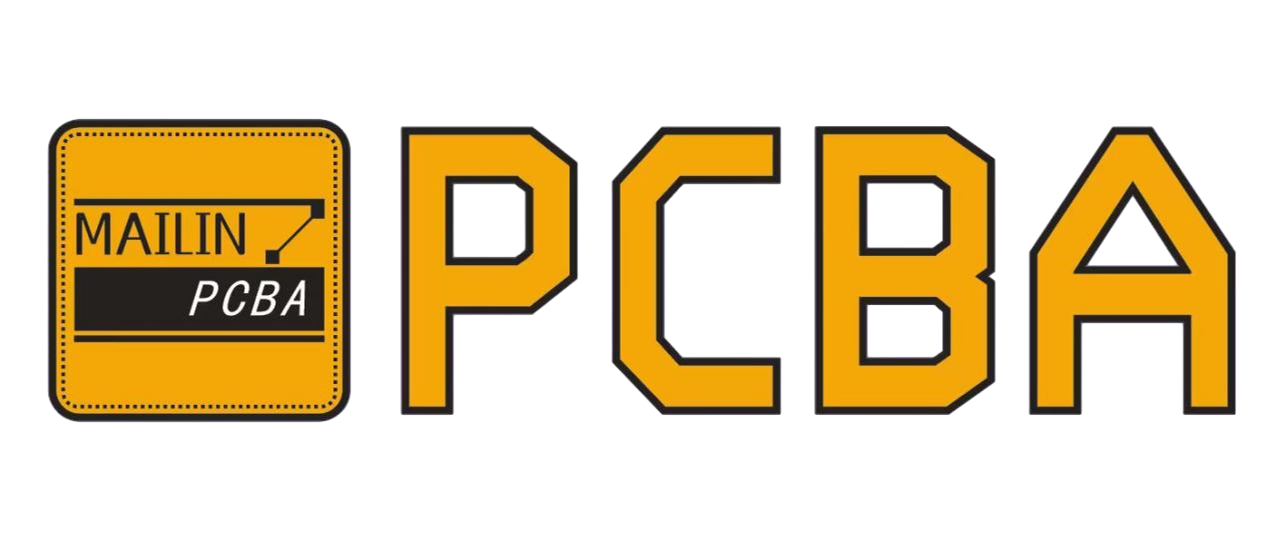Ever wonder how all those electronic gadgets of yours came to work in the first place The key component that helps our technology function is called a Printed Circuit Board, more commonly known as PCB. PCBs are a critical component of so many electronic devices that we rely on for most everyday purposes, from smartphones and tablets to gaming consoles. These are used to connect different components of a device one another thus enabling them work together. Like most things in the tech world, PCBs are also improving and with new materials being introduced all over it means that board technology is on its way up.
A major transitional development in PCB technology is the application of flex materials. Traditionally PCBs have been rigid and inflexible, which meant that they could not be used in smaller devices. Now, however, engineers can design PCBs that are flexible - meaning they can be bent and twisted. This flexibility is particularly useful in small form factors and for devices on the move which they are primarily targeting as well; smartwatches, fitness trackers etc. Can you believe wearing a watch that perfectly fits the shape of your wrist?
Printed Circuit Boards by 3D printing - another cool development What is 3D printing: Method by which engineers create three-dimensional objects using material layering This method is helpful for creating high-resolution and complex designs required in PCB designing, as it can save a lot of money, time. Furthermore, 3D printing helps produce less waste so that lesser materials are thrown during the fabrication. It is so much faster and who doesn't like that - not to mention gentler on the environment!
Making PCB Design Easier
Developing and testing a PCB can be very time consuming and frustrating for an engineer. However, with new tools and software at our disposal,the convenience of going through those processes has never been possible than now.
Why Many Engineers Use Altium Designer An application that engineers and designers use to create a prototype of their printed circuit board (PCB) designs for testing purposes. Real time insights if a comprehensive tool and feature of Altium Designer:white-crop: Utilize real-time board data to understand that you are getting your work done correctly straight up. It also has collaboration tools that will help a team work together even if they are not in the same place.
Get some help: If you want to make PCB design even easier, take advantage of a service like using the best possible PCB prototype. They refer to building prototype PCBs, which is the first version of a bare circuit board quickly and without error. The PCB designs are greatly based on leading-edge technology and methodologies to make it sure about the functioning of the design, where they fulfil all essential standard grounds. This optimizes the design so that engineers can iterate as much as they like without worry of manufacturing.
Latest Techniques in PCB Manufacturing
Creating boards for electronic devices is a vital intermediary step in the game and it cant be missed. These processes are faster, easier and cheaper than ever before thanks to new ideas and innovations.
A prime example of these advancements being its new assembly process, Surface Mount Technology (SMT) which shifts from putting components on the PCB through holes to a completely automated system where all parts are placed directly onto surface. This approach has many advantages, including ability to make smaller electronics devices captures more parts in a small area and speed up the assembly process. This indicates that the devices can be manufactured faster and also much small which matters a lot in current technology dependent world.
An additionally user-friendly update is how much smart inspection systems have gone automatic. These are the machines which ensure that there is no problem in a PCB and they may also repair those problems assuring automatic fixing feature. This allows manufacturers to catch and remediate faults early, thereby reducing the likelihood of issues later in production. This results in a much more reliable and better working product.
PCB Design for the IoT Set of Requirements
IoT (The Internet of Things) - The IoT, which is essentially the concept describing everyday devices that connect to or via an internet connection. This includes things such as home appliances, cars or wearable devices. IoT presents new possibilities for PCB designers and manufacturers, as these gadgets demand not only highly complex solutions but also systemic-based designs to work correctly.
PCBs are being designed with integrated wireless communication technologies like BLE and WiFi, which is one of the ways how PCBs can be built for IoT. This ensures that devices no longer have to depend on additional parts, which makes them even simpler. It is like having a mini computer inside your device that makes it capable of talking to other devices and the web!
Power ConsumptionNot all, but a large IOT devices works with battery. Since a lot of the IoT devices are battery powered, PCB designers need to use components which have lower-power specifications that will help prolong the life time of device byrequiring fewer maintenance in batteries. Afterall nobody wants to charge their devices all the time. Energy efficient parts can also help keep devices running longer and be more user friendly.
High Performance PCB Design
PCBs are used in everything from smartphones to RF transmitters found on airplanes. In high-end applications, such as military and medical equipment, the use of PCB is even more demanding. They use PCBs in these applications because they have to function under very extreme environments.
Using advanced materials is one way to support these increased demands. This is evident in military hardware, where the PCBs needed are made from select materials that can cope with shifts between extreme temperatures and have to endure heavy shocks and vibrations. This guarantees reliable operation even in harsh conditions. Medical devices, on the other hand, require PCBs that are biocompatible and can be sterilized to avoid infection in hospitals or clinics.
Reliability also plays a crucial role in high-performance PCBs. If these devices stopped working, it could become life threatening. As a result, PCB designers and manufacturers have to rely on intense testing along with quality control processes so that the functioning of these boards is as intended. This meticulous detail assists equipment not to be failed and functions best within the required time frame.
All in all, change is always happening when it comes to PCB design and manufacturing. Exciting innovations Some new technologies and materials are being developed each day. Thanks to such strides, we can expect more exciting electronics devices that will not only enrich our lives but the world itself. PCBs Of The Future : What it will Look like??Flexible PCBs, 3D printed Flexible PCBs or Smart manufacturing process who knows……….The future of the next-generation circuits is great!

 EN
EN








































